Refine search
Actions for selected content:
61 results
1 - General relativity, kinematics: metric, parallel transport, and general coordinate invariance
-
- Book:
- General Relativity
- Published online:
- 24 April 2025
- Print publication:
- 08 May 2025, pp 3-17
-
- Chapter
-
- You have access
- Export citation
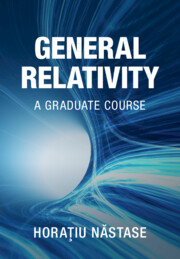
General Relativity
- A Graduate Course
-
- Published online:
- 24 April 2025
- Print publication:
- 08 May 2025
Chapter 2 - The Einstein equation
-
- Book:
- Lectures on Mathematical Relativity
- Published online:
- 03 April 2025
- Print publication:
- 10 April 2025, pp 47-106
-
- Chapter
- Export citation
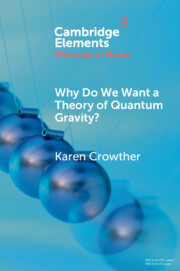
Why Do We Want a Theory of Quantum Gravity?
-
- Published online:
- 28 February 2025
- Print publication:
- 27 March 2025
-
- Element
- Export citation
3 - General Relativity
- from Part I - The Block Universe
-
- Book:
- Salvation in the Block Universe
- Published online:
- 09 January 2025
- Print publication:
- 23 January 2025, pp 77-108
-
- Chapter
- Export citation
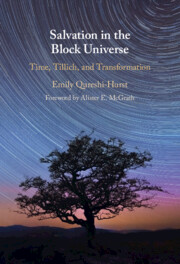
Salvation in the Block Universe
- Time, Tillich, and Transformation
-
- Published online:
- 09 January 2025
- Print publication:
- 23 January 2025
1 - Introduction to general relativity 1: Kinematics and Einstein equations
- from Part I - Formalism
-
- Book:
- Introduction to Supergravity and its Applications
- Published online:
- 14 November 2024
- Print publication:
- 21 November 2024, pp 5-17
-
- Chapter
-
- You have access
- Export citation
11 - Gravitational Waves
-
- Book:
- Introduction to Elementary Particle Physics
- Published online:
- 08 November 2024
- Print publication:
- 27 June 2024, pp 481-489
-
- Chapter
-
- You have access
- Open access
- HTML
- Export citation
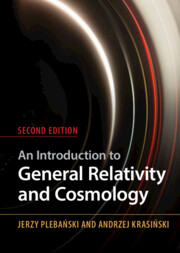
An Introduction to General Relativity and Cosmology
-
- Published online:
- 30 May 2024
- Print publication:
- 06 June 2024

An Introduction to Gravity
-
- Published online:
- 04 May 2024
- Print publication:
- 11 April 2024
-
- Textbook
- Export citation
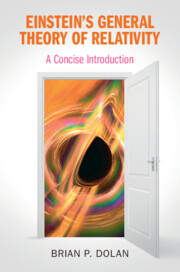
Einstein's General Theory of Relativity
- A Concise Introduction
-
- Published online:
- 15 June 2023
- Print publication:
- 29 June 2023
10 - Testing Gravity
-
- Book:
- Star Noise: Discovering the Radio Universe
- Published online:
- 04 May 2023
- Print publication:
- 11 May 2023, pp 239-258
-
- Chapter
- Export citation
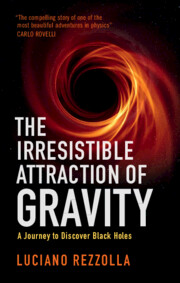
The Irresistible Attraction of Gravity
- A Journey to Discover Black Holes
-
- Published online:
- 02 March 2023
- Print publication:
- 02 March 2023
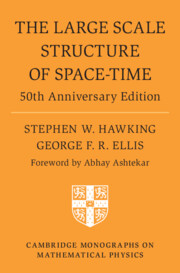
The Large Scale Structure of Space-Time
- 50th Anniversary Edition
-
- Published online:
- 17 February 2023
- Print publication:
- 16 February 2023
5 - Exact solutions
-
- Book:
- The Large Scale Structure of Space-Time
- Published online:
- 17 February 2023
- Print publication:
- 16 February 2023, pp 117-179
-
- Chapter
- Export citation
9 - Noether’s Theorems and Energy in General Relativity
-
-
- Book:
- The Philosophy and Physics of Noether's Theorems
- Published online:
- 22 September 2022
- Print publication:
- 29 September 2022, pp 197-256
-
- Chapter
- Export citation
11 - Substantive General Covariance and the Einstein–Klein Dispute: A Noetherian Approach
-
-
- Book:
- The Philosophy and Physics of Noether's Theorems
- Published online:
- 22 September 2022
- Print publication:
- 29 September 2022, pp 274-295
-
- Chapter
- Export citation
21 - Prospects
- from Part IV - Environments and the Interstellar Medium
-
- Book:
- Pulsar Astronomy
- Published online:
- 21 July 2022
- Print publication:
- 04 August 2022, pp 359-363
-
- Chapter
- Export citation
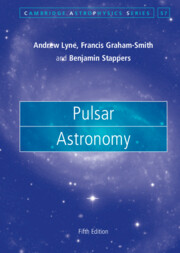
Pulsar Astronomy
-
- Published online:
- 21 July 2022
- Print publication:
- 04 August 2022
An Overview of General Relativity
-
- Book:
- A Student's Guide to Special Relativity
- Published online:
- 26 January 2022
- Print publication:
- 03 February 2022, pp 145-176
-
- Chapter
- Export citation
